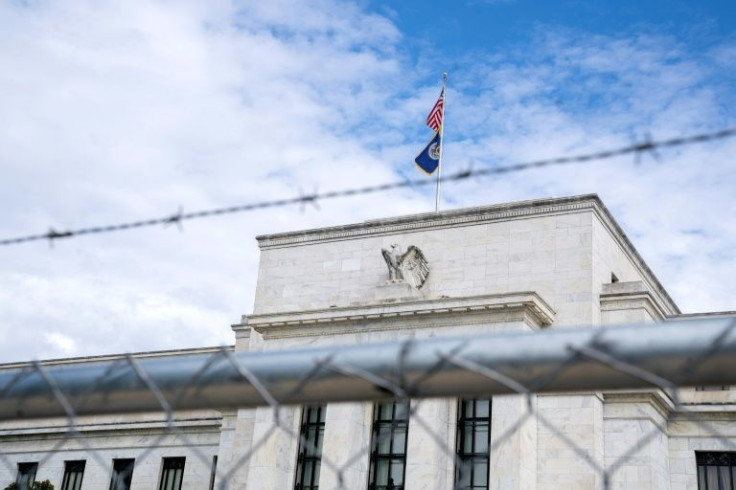How The Fed Lost Credibility With Markets

Markets do not believe that the Fed is up to bringing inflation under control anytime soon.
At least that’s the case in -credit markets, where bonds have been selling off since the Fed’s last meeting, pushing yields higher. The benchmark 10-year Treasury bond yield has shot up from around 2.90% before the Fed meeting on Wednesday to close to 3.12% by Friday afternoon.
Credit markets do not believe that the “expeditious” interest-rate hike plan, which included a 0.5-basis-point hike in the last meeting to be followed by a couple of hikes of the same magnitude, is enough to bring inflation down from 8.5% to 2%. Credit markets seem upset over the Fed’s delay in reversing its quantitative easing plan. That’s why traders and investors demand “an inflation premium” to lend money to the government for 10 years. But, of course, the same is true for all types of long-term lending, like mortgages, climbing in yield.
The distrust of the credit markets over the Fed’s inflation control policy spread over to the stock market, with stocks falling across the board in the last two trading days. Investors had nowhere to hide.
How did the world’s most powerful bank get to this point?
Why didn’t the Fed act earlier to tame inflation?
Blame it on the Fed’s “third mandate.”
Inflation isn’t just the result of supply chain bottlenecks, as the Federal Reserve argued last year. It’s also the result of the Fed’s policies to promote the “third mandate,” the reduction of income inequalities — a popular mandate with the Congress.
In theory, this is a noble goal, and hard for anyone to argue against it. Unfortunately, in practice, the Fed can do very little to pursue it without adding fuel to inflation. The Fed can keep interest rates low for a long time to help stimulate economic growth and create enough jobs to bring poverty down.
The trouble with this kind of thinking is that economic growth alone cannot put everyone to work unless it is accompanied by the right training programs which will prepare people for the new jobs growth creates. Otherwise, it’s plausible that jobs remain unfilled, and labor costs skyrocket, feeding into an inflationary process.
That seems to have been the case in recent months. The Fed decided to tolerate inflation numbers above its target of 2% level for short periods to achieve its second mandate, maximum employment, helping reduce income inequality in the process.
The Fed has avoided coming up with a specific number for maximum employment over the years. Instead, it has posted a rather lengthy essay on the economic conditions determining full employment. One of these conditions is low unemployment, or what economists call the natural unemployment rate, and the unemployment level that once crossed could fuel rising wages and inflation.
The Fed avoided coming up with a firm policy target number, giving its monetary policy arm, the Federal Open Market Committee (FOMC), great flexibility in defining the natural rate of unemployment “according to the circumstances.”
The rest is history.
The Fed kept on chasing the elusive goals of maximum employment and the minimum natural unemployment rate consistent with its newly adopted third mandate, ignoring its first mandate, price stability, and losing credibility in credit markets.
© Copyright IBTimes 2024. All rights reserved.












